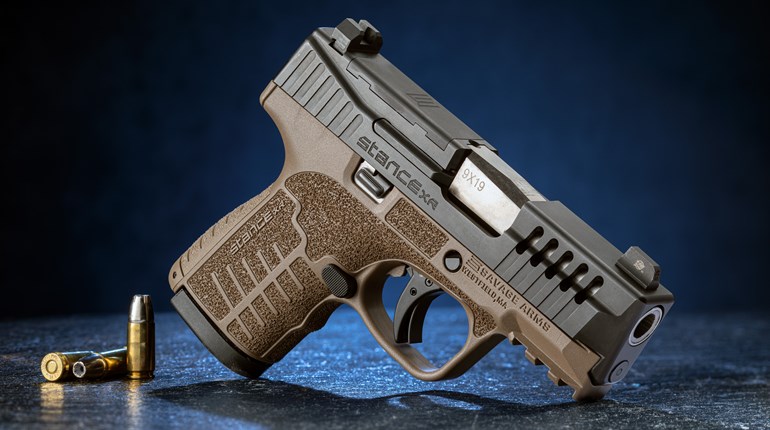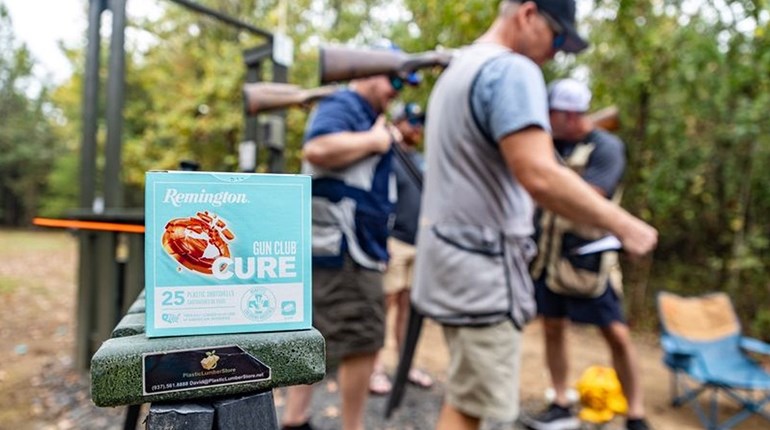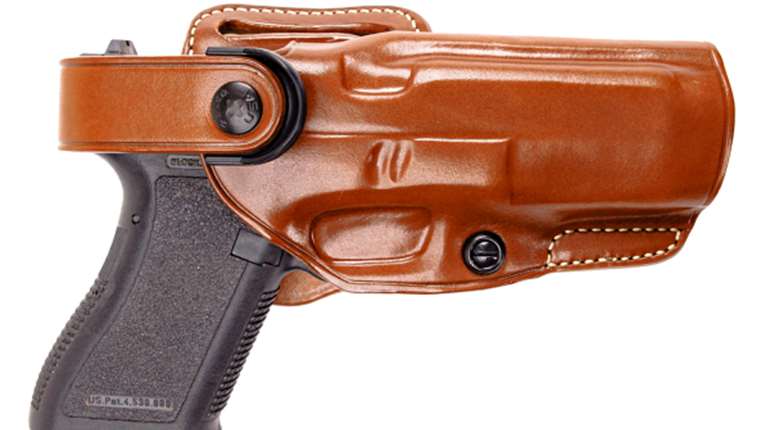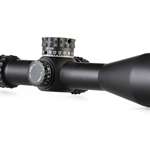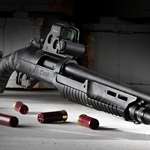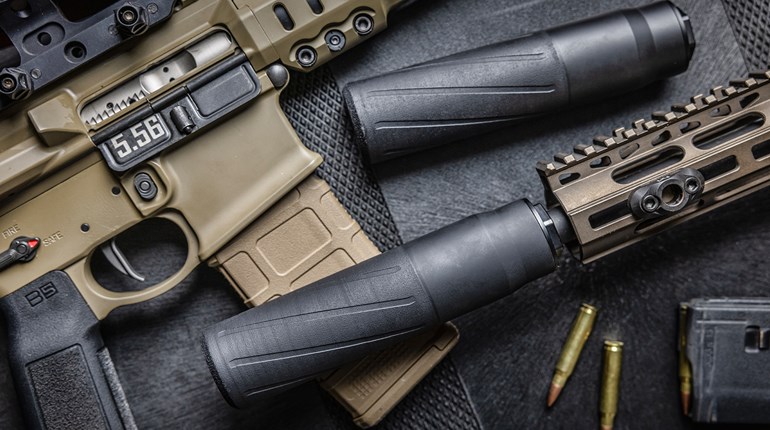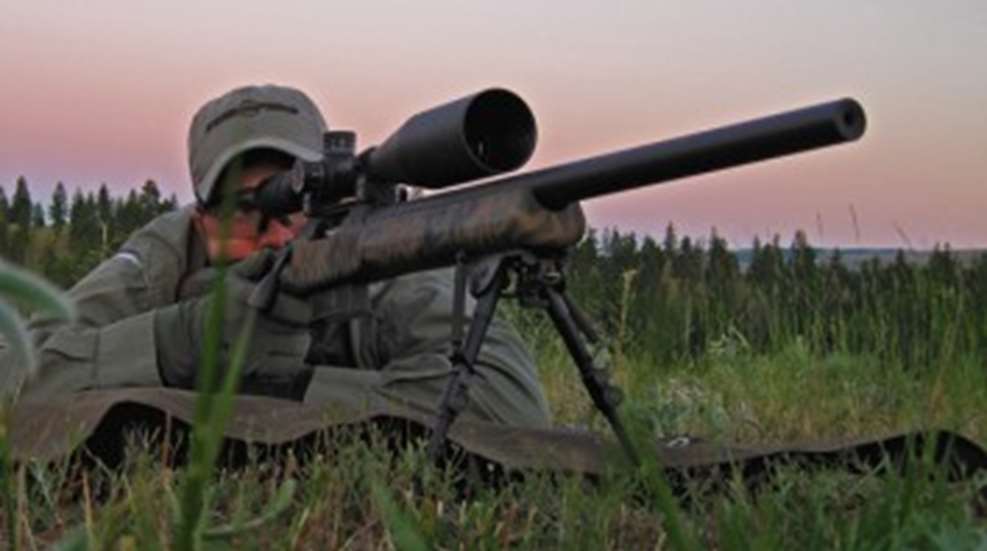
The definition of long-range rifle shooting is relative to the target, equipment and application. It might be best defined as shooting beyond your maximum point-blank range (MPBR)—shooting at a distance where you must hold above or make scope adjustments to hit your target. To hit at long ranges consistently, specialized equipment is a must. Here are some basic guidelines to help you put a system together to regularly connect with targets a long way off.
Rifle and Cartridge
Carroll Pilant, a bulletsmith with Sierra Bullets, shoots a 6.5x284 Norma, but he's an experienced handloader. Jeff Hoffman, a police sniper and the owner of Black Hills Ammunition suggests, "If you are new to long-range shooting, buy a .308 [Win.] and learn with it. It's much more economical to shoot and barrels last longer." Caylen Wojcik, a former Marine sniper with combat experience agrees, because quality, factory, match .308 Win. ammunition is affordable and easy to find. It's also the cartridge for which you'll find most sniper-style rifles chambered.
Remington Model 700s and Savage rifles both have reputation for accuracy and a reliability. Tactical models from both companies should deliver MOA accuracy. According to Hoffman, "Normally, to get a .5-MOA rifle you're in the custom-rifle category." This is generally true, but not an absolute. Regardless, the rifle's stock should be synthetic and rugged, with an aluminum bedding block or pillar bedding to ensure a forever zero. Avoid hollow, injection-molded plastic stocks.
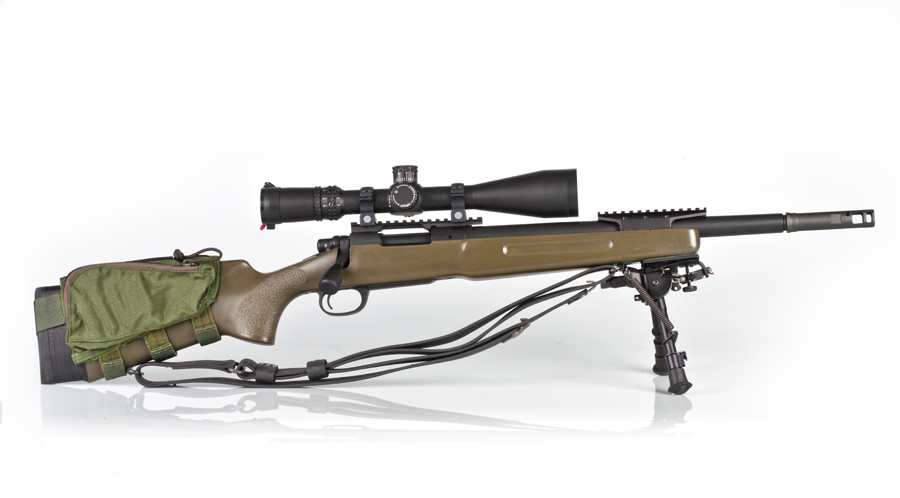
Just as important, the stock should fit you. You'll shoot a 1-MOA rifle that fits you better than a .5-MOA rifle that doesn't. Shooting prone at long range with an uncomfortable rifle is about as much fun and productive as a long vacation with your mother-in-law. Length of pull and cheek weld are dependent on how you're made. So are proper eye relief and scope height. Adjustable stocks are convenient, but it's easy to build up the comb with padding or an aftermarket cheekpiece. Once set up, have a gunsmith permanently adjust length of pull if needed. Rifle weight is part of fit, too. Heavy rifles are easier to shoot accurately, but not very much fun to carry. Total system weight between 11 and 15 pounds is optimum.
can manipulate fit somewhat when mounting the scope. Mount it low to allow a good cheek weld and far enough back so you don't stretch your neck. You need to be able to rapidly work the bolt from the prone position, and bolt design and length of pull will impact your ability to do this efficiently. We're all built different, so experiment with different stock styles before getting out the credit card.
Ammunition
You're looking for bullets with high ballistic coefficients (BCs)—.500 or higher—and ammunition with consistent velocities. Black Hills and Federal Premium match ammo, loaded with Sierra match bullets, meet these requirements. Velocity is critical. A 50-fps variation in velocity can change trajectory by more than a foot at 1,000 yards, but will show no variation at 100 yards. Verify ammo consistency with a chronograph. Wojcik suggests every long-range shooter use a chronograph and good computer ballistics program.
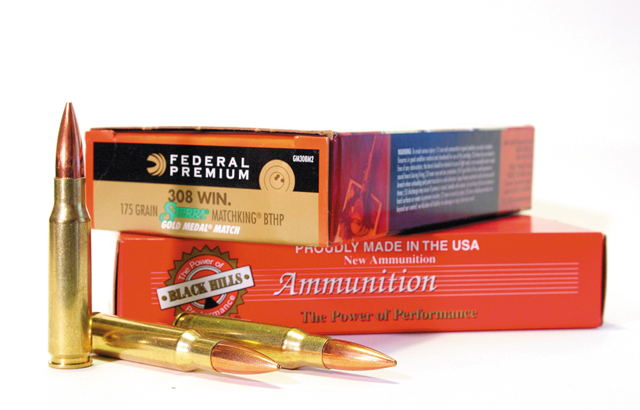
Scope & Mounts
Because of inches, minutes of angle and milliradians, scope selection can be complicated. So much so, a future article will be devoted entirely to working with these different methods of measurement. There are other considerations. For example, 30 mm tubes are usually stronger and offer more adjustment range. A variable scope is more versatile, but 10-12X magnification is sufficient if not optimal. More magnification can help when reading mirage, identifying targets and ranging, but high magnification can be problematic if the ranging reticle is in the second focal plane because such scopes are designed to provide range estimating subtensions only on the highest power. First focal-plane reticles let you range on any magnification, but appear miniscule at low power.
Target turrets are a must. Click adjustments are most commonly in minutes of angle (MOA) with 1⁄10-mil clicks sometimes an option. Both work, but 1⁄10-mil clicks make good sense with a mil-dot reticle. Bullet-drop compensating (BDC) reticles are also an option, but are generally too generic for really precise long-range shooting. Some scope turrets have a convenient feature called a zero-stop that lets you turn back to zero without looking. The least-complicated approach might be custom turrets from Leupold, for its scopes. The company will custom engrave turrets to match your confirmed data or data projected by its ballistics computer. It's an affordable and effective system.
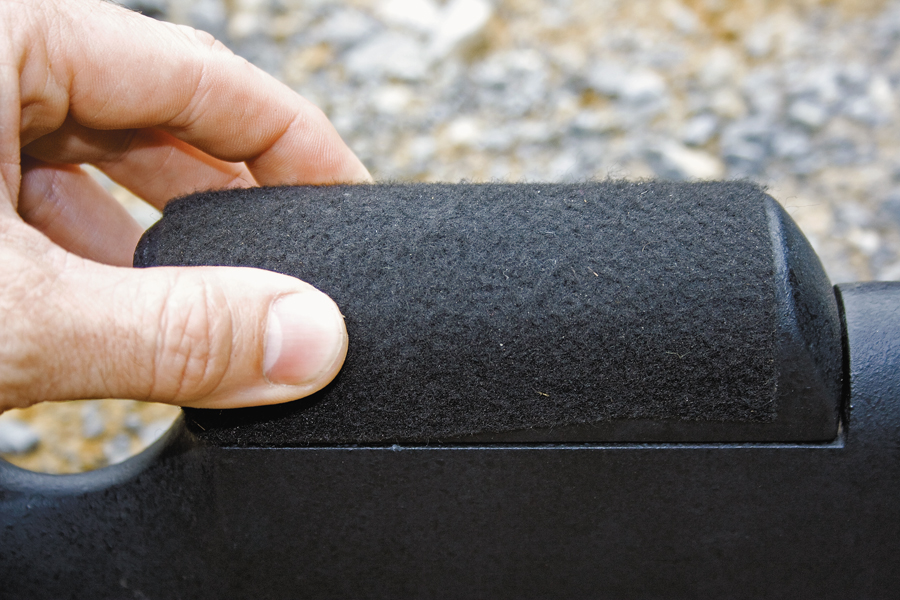
You'll also need a biased scope base with a 20-MOA offset built in. This ensures your scope does not run out of elevation adjustment at long range. Ring options are endless. Hoffman suggests military-style rings for a Picatinny rail. Brian Litz, author of the excellent book, "Applied Ballistics for Long Range Shooting," likes Leupold steel rings. Wojcik likes rings from Badger Ordnance. I like Talley's new Tactical rings. Regardless, don't mount the scope higher than necessary. The bolt handle must clear the scope, but the objective should be between .1 and .2 inch above the barrel.
Accessories
Range estimation is critical. Between 990 and 1,000 yards, you can expect about a foot of drop with a .308 Win. Misjudge the range by 10 feet at that distance, and you'll miss a 12-inch target. A rangefinder is the answer, but won't always give a reading. Mil-dot reticles allow range estimation, but require you know the target size. Unless you are a math whiz, you'll need a calculator for this. Savvy shooters use both methods.
Three very basic accessories are a sling, a case and a bipod. You need a sling, because sniper rifles are heavy and because it can help stabilize the rifle when shooting from unsupported positions. A soft-sided case that doubles as a drag-bag or a shooter's mat is the thinking man's approach. Combine one with a hard-sided case, and your rifle is ready to travel anywhere. A bipod is not a must have—a pack or bags are an option, but are not as convenient. The temptation is to get a tall bipod, but for prone shooting, 6-inch legs are ideal. Avoid bipods that do not allow the rifle to swivel from side to side.
A crisp-breaking, creep-free trigger set for a pull weight of between 2 and 4 pounds is as important as a hole is to a donut, so is a data book. The trigger can be factory-tuned, or an aftermarket drop-in can be installed. The log book can be a fancy bound, pre-printed version with skull and crossbones on the cover, or a blank notebook. The trigger is how you talk to your rifle, and the log book is where you record your conversations. Both are vital to consistent, accurate shooting at long range.
The science of long-range shooting is a far cry from what it once was. Although the basics of marksmanship remain the same and the physics of ballistics haven't been rewritten, hitting targets once unthinkable for part-time shooters is easier and more fun, thanks to an evolution in gear and accessories.












